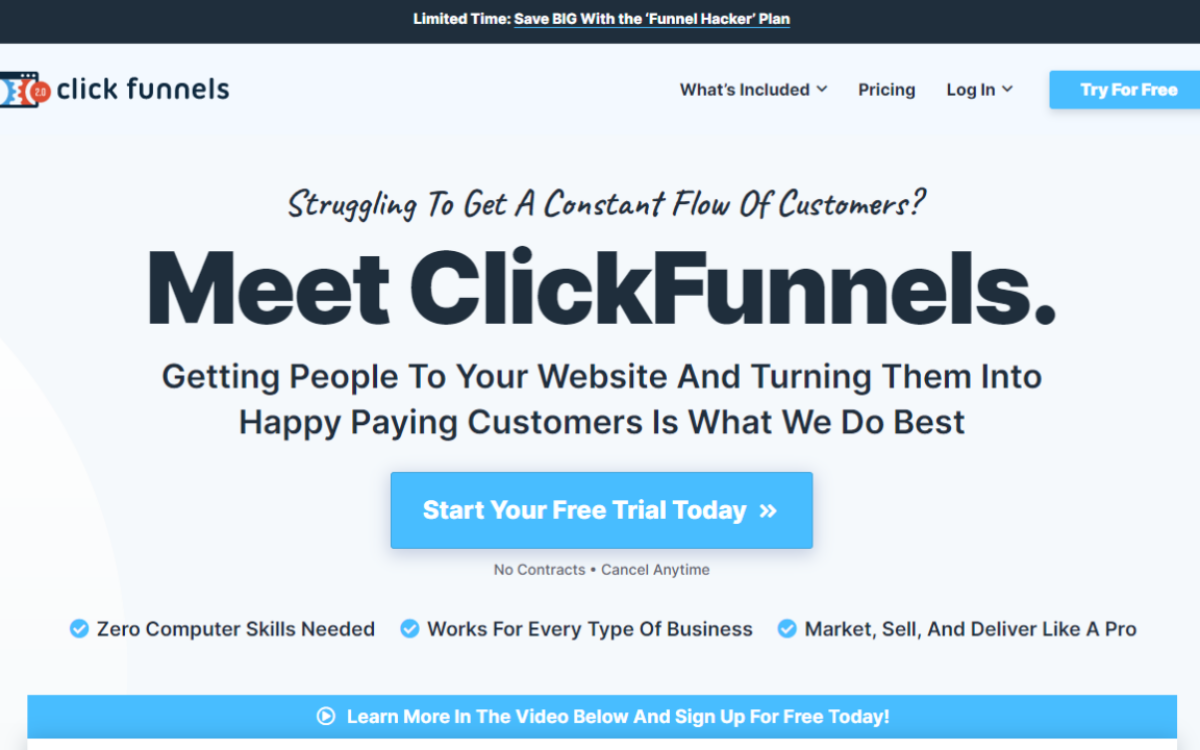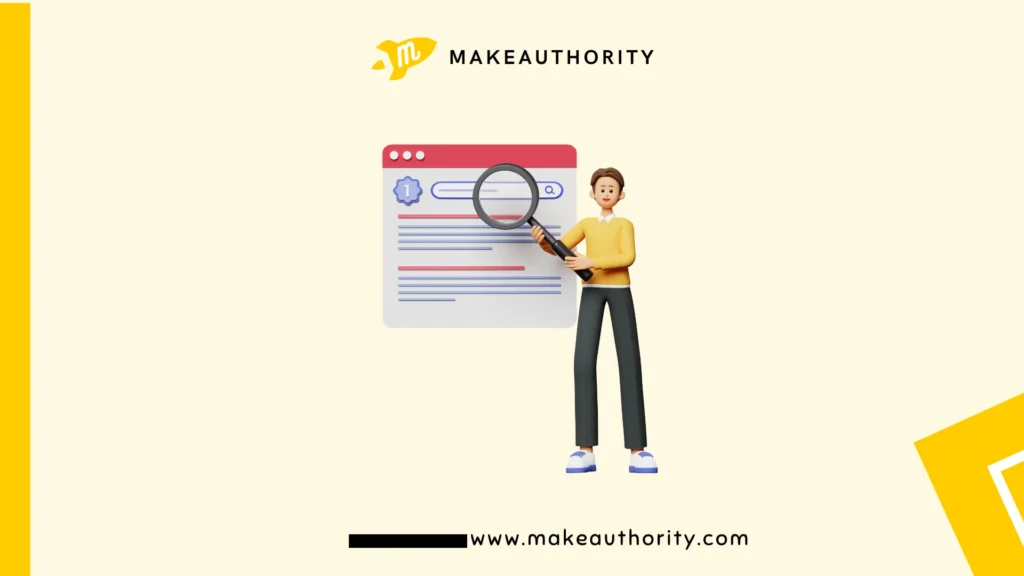
In the fast-paced world of online business, having a well-designed sales funnel is crucial for converting potential customers into loyal patrons. let’s start reading How to Design a Sales Funnel that Converts.
Understanding the concept of a sales funnel and its significance in driving conversions is the first step towards maximizing sales and engagement.
What is a Sales Funnel?
A sales funnel is a visual map of the steps a user takes before purchasing a product or service online. It’s a marketing term that describes the journey a potential customer or lead goes through, from cold lead to hot lead. The length of the sales cycle, along with the number of stages, typically varies based on your industry.
What Are the Stages of a Sales Funnel?

image credit goes:- crazyegg.com
Step -1: Define your target audience
Understanding who is your target audience an important step in creating a Sales Funnel. Your target audience involves the specific group of individuals or demographics that your products or services are designed for.
Understanding the what is characteristics, preferences, and behaviors of your target audience is important for effective engagement.
How to define your target audience effectively, follow these key aspects:
Demographics:- Demographics like age, gender, location, income level, education, occupation, marital status, and more.
Psychographics:- It includes their values, interests, hobbies, lifestyles, attitudes, aspirations, and pain points.
Behavior:- Analyzing the behavior of your audience involves understanding their purchasing power, and decision-making. This insight aids in tailoring marketing strategies that align with their behaviors and preferences.
Pain Points and Needs:– Identify the problems or challenges your audience faces that your product or service can showcase. By addressing these pain points effectively, you position yourself as a solution provider, increasing the relevance and appeal of your offerings.
We help many companies build their sales funnels. Contact us today for expert assistance!
Step -2: Create buyer personas
A buyer persona is a research-based profile that represents a specific customer. It helps companies engage with valuable customers or clients, focus on qualified leads, and develop products that meet the needs of target groups.
Benefits of Using Buyer Personas:
- Targeted Marketing: your campaigns specifically to match the needs and preferences of each persona lead to higher engagement.
- Improved Product Development: Understanding your audience aids in creating products or services that align with their desires, increasing customer satisfaction.
- Enhanced Customer Experience: Personalizing interactions based on personas results in a more personalized and meaningful experience for customers.
Step -3: Define the problem you want to solve
Defining a problem means figuring out exactly what’s going wrong or what needs you fixing right now. It’s like looking type of a puzzle to understand its parts and how they fit together. This helps to set a clear goal for what needs to change and why.
For instance, if sales are dropping, it’s about figuring out why customers might not be buying as much—maybe the product isn’t reaching them the right way or isn’t what they need. By understanding this, businesses can work on the specific things that need fixing and make things better.
Step -4: Qualify leads
In the steps of sales and marketing, lead qualification is the cornerstone of effective prospecting. It’s the process of determining which potential customers or leads are most likely to convert into paying customers. Qualifying the leads are not only saves time but also optimizes resources by focusing efforts on prospects with a higher probability of making a purchase.
Criteria for Qualifying Leads
- Fit: Determine if the lead matches your target audience and ideal customer profile.
- Interest: Assess the level of interest shown by the lead. Have they engaged with your content? Have they interacted with your brand through inquiries or downloads?
- Budget: Understand if the lead has the financial capacity to make a purchase.
- Authority: Identify if the lead has decision-making power within their organization. Are they in a position to influence or make purchasing decisions?
We help many companies build their sales funnels. Contact us today for expert assistance!
Step -5: Nurture leads
Of course, nurturing leads is an important step of any successful marketing strategy. When we talk about nurturing leads, we’re essentially focusing on building relationships and guiding potential customers through the buying journey. It’s about providing value, building trust, and staying connected with prospects to eventually convert them into paying customers.
Why Lead Nurturing Matters:
- Relationship Building: It’s about more than just selling; it’s about establishing relations with your audience. Nurturing leads allows you to connect on a deeper level, understanding their needs and pain points.
- Guiding Through the Sales Funnel: Not everyone is ready to buy immediately. Nurturing helps move them through the various awareness, consideration, and decision-making stages.
- Building Brand Loyalty: Consistent communication and valuable content create a positive association with your brand, making it more likely for leads to choose you when they’re ready to make a purchase.
Step -6: Convert leads
Converting leads into loyal customers is the vital bridge between potential interest and actual business success. It begins with understanding each lead’s unique needs, tailoring personalized engagement, and maintaining timely, valuable communication.
Educating leads, guiding them with clear calls to action, and nurturing relationships post-conversion are vital steps. Continuous analysis and improvement of strategies ensure an effective lead conversion process, culminating in long-term customer loyalty and business growth.
Best tools for sales funnels
ClickFunnels:

Known for its simplicity and versatility, ClickFunnels is a popular choice for creating sales funnels effortlessly. It allows users to build entire sales processes, including landing pages, sales pages, and checkout systems, all within a single platform. ClickFunnels offers various templates and intuitive drag-and-drop features, making it accessible for users without extensive technical skills.
Wishpond:

Wishpond is an all-in-one marketing platform that provides tools for lead generation, email marketing, marketing automation, and creating landing pages. Its user-friendly interface and comprehensive suite of marketing tools make it a valuable asset for businesses looking to manage various aspects of their marketing campaigns from one platform.
UpLead:

UpLead is a B2B prospecting tool that assists businesses in finding and connecting with potential leads. It offers a vast database of contacts and companies, along with advanced search filters to target specific criteria such as industry, location, or job title. UpLead streamlines the lead generation process by providing accurate and verified contact information.
Conclusion
Crafting a robust sales funnel stands as a important pillar for business growth. Armed with comprehensive knowledge encompassing the sales funnel's definition, its distinct stages, the methodology behind its construction, and the key metrics for tracking progress, you're now equipped to embark on creating your very own effective sales funnel.
Also Read:- 8 Secrets Way to Grow Your Youtube Channel. Also Read:- 7 Proven Ways To Reduce Customer Acquisition Costs. Also Read:- How to Verify Your Facebook Page: A Comprehensive Guide? Also Read:- How to Design a Facebook Ad Funnel?





